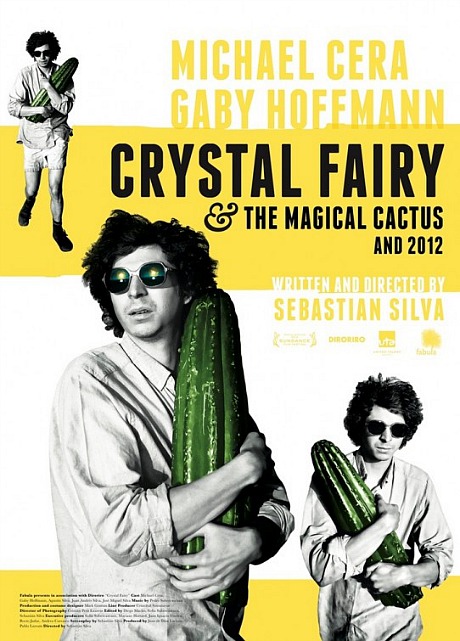For years I’ve been describing black-and-white Blurays with over-abundant grain as covered in a swarm of billions of silver digital mosquitoes, a.k.a., a pigshit “grainstorm.” I was obviously describing an unwelcome experience. But in his review of the Criterion Bluray of John Frankenheimer‘s Seconds, the last great Frankenheimer film of the ’60s and a kind of adult horror film about a futile attempt to escape from the conformist nightmares of that era, DVD Beaver’s Gary W. Tooze, an outspoken fan of grain, uses my insect-swarm terminology to describe a pleasurable viewing experience. Mindblowing! The lizard eating its own tail and calling it foie gras!








